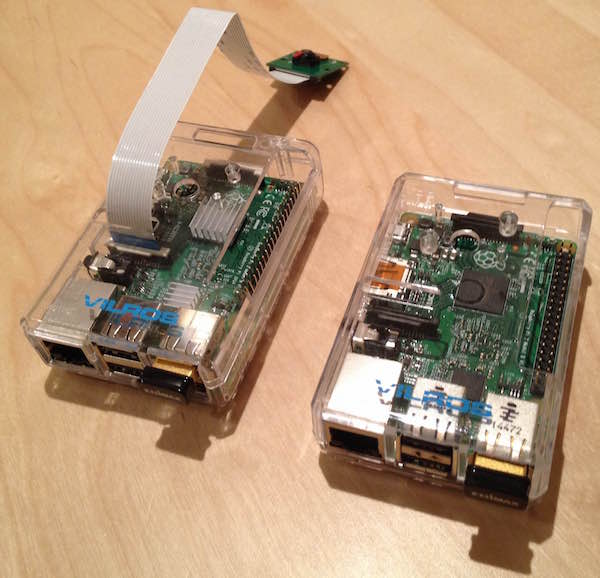Basically information for future own reference.
There are a number of ways to convert your Erlang code into a stand-alone ‘app’ package containing whole OTP environment in it. Starting with standard systools and reltool. Some useful links below.
There are basically 2 kinds of erlang applications:
– the “pure erlang” way is to create a release including the runtime,
OTP and your application(s). Then a simple .bat script can launch the
runtime with the right options. reltool or systools are made for
creating these releases:
http://learnyousomeerlang.com/release-is-the-word
http://www.erlang.org/documentation/doc-1/apps/reltool/index.html
rebar can help you using these tools.
– for a single executable, not distributed, with a single app, you can
create an ‘escript’ from your code which will be launched as an
executable. rebar includes the escriptize command to achieve this.
As an example, you can look at the ‘averell’ web server which is built
that way:
https://github.com/jeanparpaillon/averell
or mad: http://erlang.org/pipermail/erlang-questions/2014-October/081420.html
https://synrc.com/apps/mad
http://erlang.org/pipermail/erlang-questions/2014-October/081429.html
http://howistart.org/posts/erlang/1
